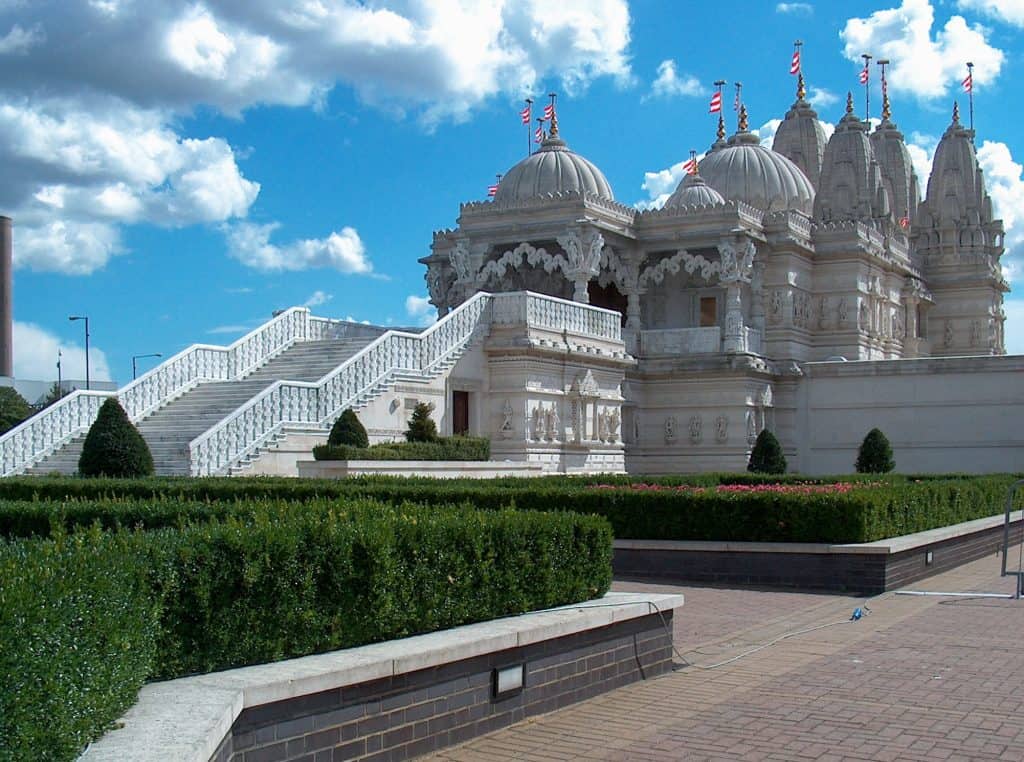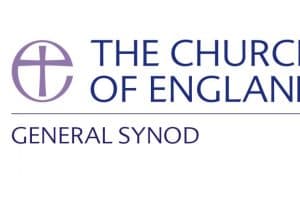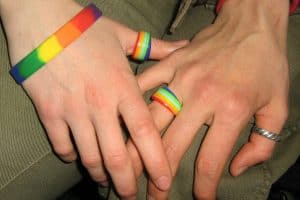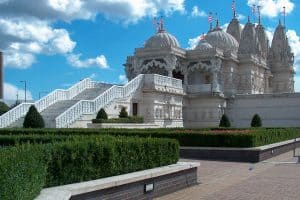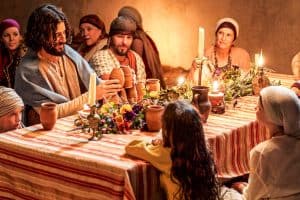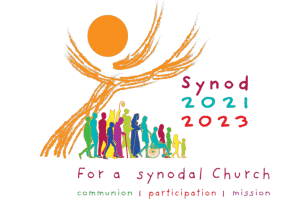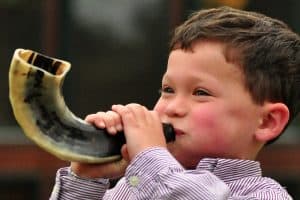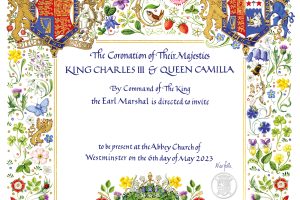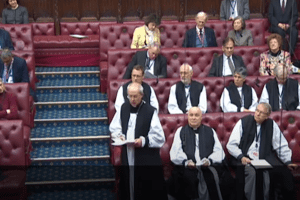By Manjusha Mitra
There are today more than 800,000 Hindus in Britain, making them the country’s third largest religious group after Christians and Muslims. The majority of the population can be traced back to waves of immigration mostly from the Indian sub-continent into Britain following the Second World War.
How many Hindus are there in Britain?
There are 816,633 Hindus in England and Wales (1.5% of the total population) according to the last census (2011). This compares with 552,421 Hindus (1.06% of population) in 2001.
Looking at the Hindu population over time, they were 0.06% in 1961, 0.28% in 1971, 0.56% in 1981, 1.06% in 2001 and 1.46% of the population in England and Wales in 2011.
In 2011, Hinduism was the fourth largest religious group after Christianity (59%), No Religion (25%), and Islam (5%).
More than 30% of Hindus are aged under 24. More than 40% are aged 25-49 and 15% aged 50-64. Fewer than 10% of Hindus are aged over 65. It is the religious group with the largest proportion (55%) of working age (25-65).
The gender balance of the Hindu population is fairly even with just 50.5% male compared with the general population of 48.6% male.
Where do British Hindus live?
More than 97% of the UK Hindu population live in urban areas, with more than half living in London and the South East where they make up 5% of the population.
The London borough of Harrow has the highest concentration of Hindus in the UK with 25.3%, followed by Brent with 17.8%. The biggest increase in the local Hindu population between 2001 and 2011 was also in Harrow, by 5.7 percentage points.
Outside London the highest proportion of Hindus (6.1%) live in Leicester. 15.9% of its population identified themselves as Hindus in the 2011 census, up from 14.7% in 2001.
Immigration
There have been three main waves of Hindu immigration to the UK, the first in 1947, then the 1960s, and 1970s. A study of inflow to Britain by region of origin shows that in 1971, 24,000 (12% of total) and in 2002 46,000 (9%) were from the sub-continent.
Since 2002, at least two-thirds of all software professionals entering the UK are from India. There is no religious breakdown for these figures. Apart from India, there are significant numbers of Hindus from Sri Lanka, East Africa, the Caribbean, Fiji and Mauritius.
96% of UK Hindus say that they are from an Asian ethnic background, with 84.5% identifying as Indian. Just over 1% report as white, less than 1% are of mixed ethnicity, with a very small percentage identifying as Black/African/Caribbean or Other ethnicity.
Culture and identity
Some 64% of Hindus report speaking a language other than English, according to a 2009 survey. A high proportion of Hindus (91%) reported in 2001 that they have a British national identity.
More than 88% believe that Hindus are well integrated into English Society. However, more than 50% of Hindu adults living in England and Wales said that their religion was important to their self-identity.
Surveys show that many Hindu respondents are unable to reach unanimity on how they identify themselves. In an online survey by the Runnymede Trust, more than 75% of all respondents agreed or partially agreed that they would describe themselves as Hindu rather than by ethnicity, with the proportion dropping to 66% in the 20-24 age bracket.
Many say they see themselves as Indian or British Indian rather than Hindu or feel that their religious and ethnic identities are intertwined.
Some Hindus think identifying as Hindu is problematic because it challenges the pluralism of belief and philosophy that are part of the faith. For instance, followers of a guru sampradaya or guru-led tradition, eg Iskcon (International Society for Krishna Consciousness), will tend to identify as followers of Swami Prabhupada, the founder of the sect or as Krishna devotees. Members of the Swaminarayana sect will often first identify respectively as Swaminarayana followers, denoting which practice of Hinduism they observe.
India features strongly in the identity of most Hindus in the UK, unsurprising given the geographical foundation of Hinduism and the sustained links that many of the participants have with India. This is found to be true even of those who can trace their heritage to the Caribbean, Sri Lanka, or East Africa.
Religious affiliation and temples
There were 189 officially registered Hindu places of worship in England and Wales in 2015. There were 109 in 2001.
The Hindu Council, an umbrella group for Hindus living in the UK, lists 161 temples across the UK and 423 Hindu organisations and community groups among its members.
The National Council for Hindu Temples lists 157 temples in England and Wales alone, but these sources may not be comprehensive as they depend upon temples contacting them to register.
Attitudes to religious observance
Hinduism, or Sanatan Dharma (the eternal law) is a pluralistic faith with many denominations and sects, each with varying festivals and customs. The main denominations are Shaivite (followers of Shiva), Vaishnav (Vishnu) and Shaktas (followers of Shakti or goddess deity).
There are numerous further sects, sub-sects and reformist Hindu groups, some deeply orthodox and others much more liberal. As a result, there are significant differences in how religiously observant Hindus are at home.
There is little prescribed practice and the philosophy of Hinduism contained within its sacred texts is open to interpretation. It is believed that one’s actions determine the progression and ultimate release of one’s soul. However, there is little prescribed right or wrong practice.
Irrespective of whether they follow an orthodox or liberal practice, most Hindus observe key rites or sacraments, called sanskaras, such as a baby’s mundan (head shaving ceremony), naam karan or naming ceremony, vivaah sanskar (marriage), and antyeshti or antyim sanskar (last rites).
There are 16 sacraments in total representing different stages of life from pre-birth to death, but only the most orthodox Hindus will observe prayers or ceremonies for each stage.
Some Hindus will observe daily prayer or meditation and regularly attend a temple, or observe ritual fasting, called vrat (or vow) or upvasa and others won’t, preferring to pray at home, or not at all. These practices are recommended but entirely voluntary and there is very little recorded data on them.
There are regional variations in rites and ceremonies practised across ethno-linguistic groups (eg Punjabis, Gujaratis, Bengalis, Tamils and Nepalese) but virtually all Hindus celebrate key festivals such as Diwali (the festival of lights), Holi (the festival of colours which marks the advent of Spring), and Navratri, or ‘nine nights’ which celebrates God in the feminine form of the Goddess Durga.
In the UK, Diwali, which is important to Hindus, Sikhs and Jains, is most widely celebrated in Leicester with two events, switching on the lights on the Golden Mile (a stretch of Belgrave Road at the heart of Leicester’s Indian community), about 10 days before Diwali to mark the start of the festival period, and Diwali day itself. Both events feature a street party atmosphere, music, dance and food, culminating in a huge public fireworks display on the last day. 35,000 people attend both events every year.
London has held a Diwali celebration in Trafalgar Square since 2001 which is open to all and attended by around 35,000 people.
There is general consensus on the main Hindu texts – the Vedas being the oldest, the Upanishads, the Puranas and the Epics – consisting of the Ramayana and the Mahabharata. The Bhagavad Gita (or Divine Song) is part of the Mahabharata and is widely respected as a concise interpretation of correct conduct and action according to dharma, or one’s moral duty.
There is not a single mention of the word Hindu in any of the faith’s important texts. This is because the term ‘Hindu’ was framed by the Persians and Greeks, derived from the Sanskrit ‘Sindhu’, or river Indus, which is where they first encountered the people following Sanatan Dharma.
Economic activity
Hindus are more likely to be economically active than others professing a major religion, with 70% of Hindus being economically active. They are surpassed only by those stating they have No Religion, of whom 74% are economically active.
Age is a major factor in economic activity. Nearly 60% of Hindus are aged between 24-65 and active within the labour force. About 13% are self-employed.
At 5% Hindus were the religious group with the largest increase of representation in top professional and managerial occupations comparing data from 2001 and 2011 census. More than one in three employed Hindus are in professional or senior managerial positions.
Hindus are 7% more at risk of poverty compared to Anglicans. This compares with a 10% higher risk for Sikhs and 20% higher risk for Muslims.
There is more easily available data by ethnicity. For instance, British Indians make up 2% of population and are 12% of doctors.
However, Indian ethnicity is religiously diverse and could include Hindus, Sikhs, Muslims, Christians and other faiths. Even so, since 84.5% of those identifying as of Indian origin are Hindus it can be assumed that a disproportionately high number of Hindus work in the medical professions.
A Greater London Authority study showed that Indians own 4.4% of London’s businesses and employ more than 51,000 people. 70% of British Indian women work, which is close to the national average.
Marriage and relationships
Hindus are more likely to be married (60.8%) than the general population (43.6%), and less likely to be divorced (2.7% compared with 8.1%).
The average household size for Hindus is 3.2 compared with a national average of 2.4. 48.6% of Hindus have at least one dependent child. The national average is 29.4%.
Hindus have the lowest proportion of lone parents of any religious group at 8.3% (national average 22.2%).
Hindus are more likely than average to own their own property and less likely to reside in socially or privately rented housing. They have the highest level of property ownership after Jews, and are least likely to be in social rented housing.
However, Hindu households are much more likely to be overcrowded than average, 22% compared with a national average of only 7.4%. 19% of Hindu households were multiple-family or extended family households.
Inter-ethnic marriage and relationships
12% of Indians are likely to be in inter-ethnic relationships. This compares with 4% of white British, 7% Bangladeshis and 9% of Pakistanis at the lower end, and mixed or multiple ethnicities of which 85% are likely to be in an inter-ethnic relationship.
Indian men and women were equally likely to be in inter-ethnic relationships. The most common inter-ethnic relationships at 40% were between Indian and White-British partners.
Inter-ethnic relationships are more common amongst co-habiting couples (56%) as compared with 10% in married relationships.
Education
In 2001 there were 91,993 Hindu children aged 5-16 in full-time education. Schools do not yet collect data on the religious background of pupils. It is therefore impossible to report on levels of attainment by religion, although there is some data by ethnic groups.
More than 75% of British Indian students in England get five or more “good” GCSEs, compared to 61% of white British students. Later, 14% of British Indian students obtain three A* or A grades or better at A‑level. It’s 10% for white British students.
There are seven Hindu state schools, and one private Hindu faith-based school in the UK, of which six are in London and the South East and two are in Leicester. The longest running Hindu state school, Krishna Avanti in Harrow, which opened in 2009 and takes students from age 4-18, is relatively small compared with other state schools but aims to reach full capacity of 1,680 students by September 2018.
The Labour Force Survey provides us with some indication of educational attainment. This data shows that Hindus are more likely to have a qualification and less likely to have no qualifications. 28% of Hindu males and 24% of Hindu females have a degree compared with the national average of 18% of males and 15% of females.
Civic participation
A report by the think tank the Henry Jackson Society assessed the impact of faith communities on public life by analysing all articles in three major newspapers from across the political spectrum. It identified 3,945 articles in the period 2000-10 where faith communities were quoted. Hindus were the least represented, and Jews the best.
One of the major findings was that Hindu claims were often much more specific to an issue (the death of Shambo the cow and removing Hindu deities from Royal Mail Christmas stamps), not about wider society.
Contribution to public debate from Hindu faith-based organisations has increased since then, such as the objections to the use of animal-based tallow in new £5 notes. But generally speaking, there are few examples of Hindu faith-based participation in conversations about wider societal issues, like the environment or ending poverty.
Another survey by ethnicity rather than religion in 2003 (Home Office Citizenship Survey, England & Wales) shows slightly lower-than-average levels of formal volunteering by Indians (41% compared with the national average 43%), lower levels of informal volunteering (Indians at 57% compared with 63% nationally) and significantly lower levels of civic participation (31% compared with 39% nationally).
Useful links
National Council of Hindu Temples
Hindu Forum GB & Runnymede Trust, Connecting Hindus – an enquiry into the identity and public engagement of Hindus in Britain (2004) – https://www.runnymedetrust.org/companies/105/74/Connecting-British-Hindus.html
British Religion in Numbers – http://www.brin.ac.uk
‘Attitudes to Hinduism’: Hindu Youth Research project (Oxford Centre for Hindu Studies) 2001

